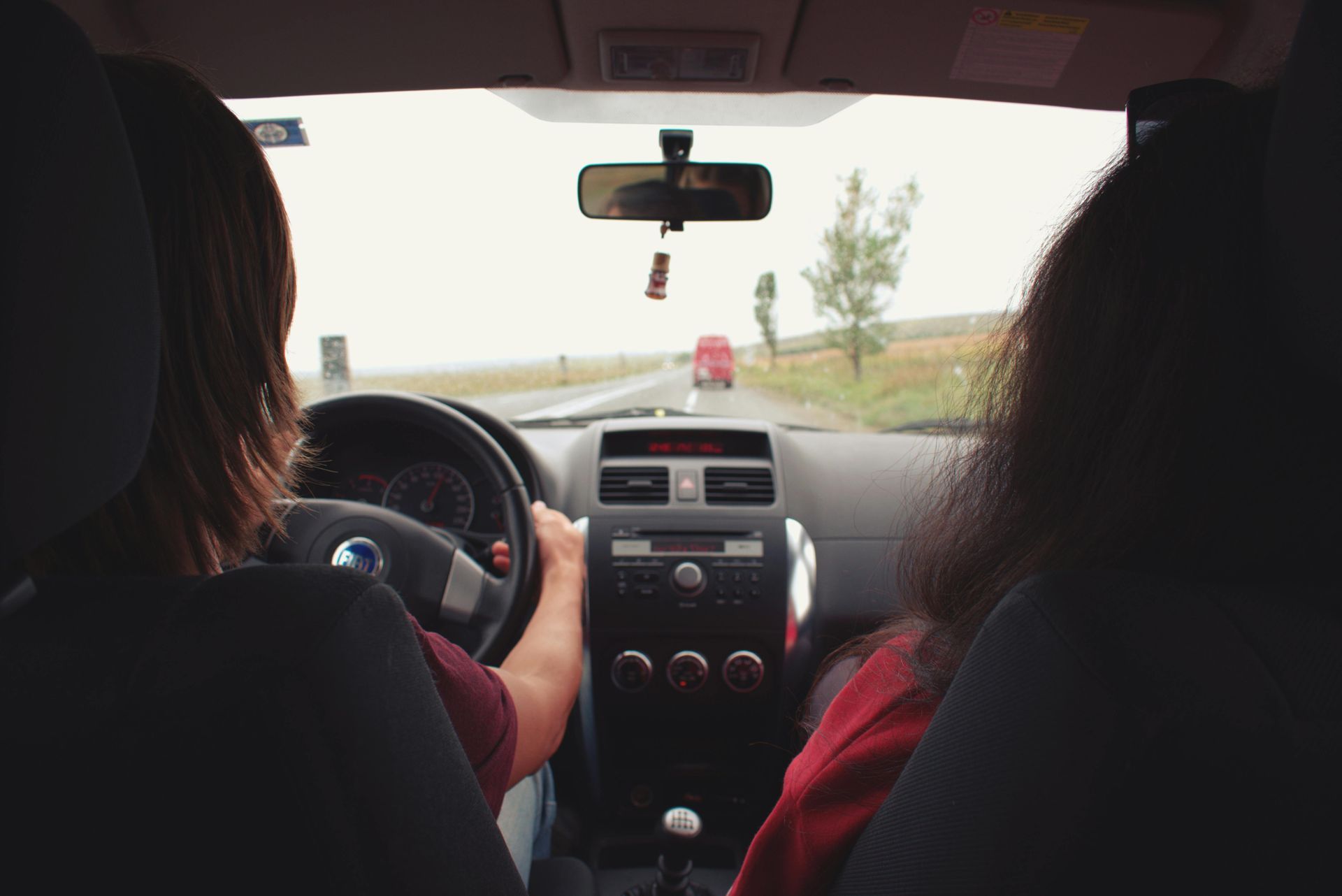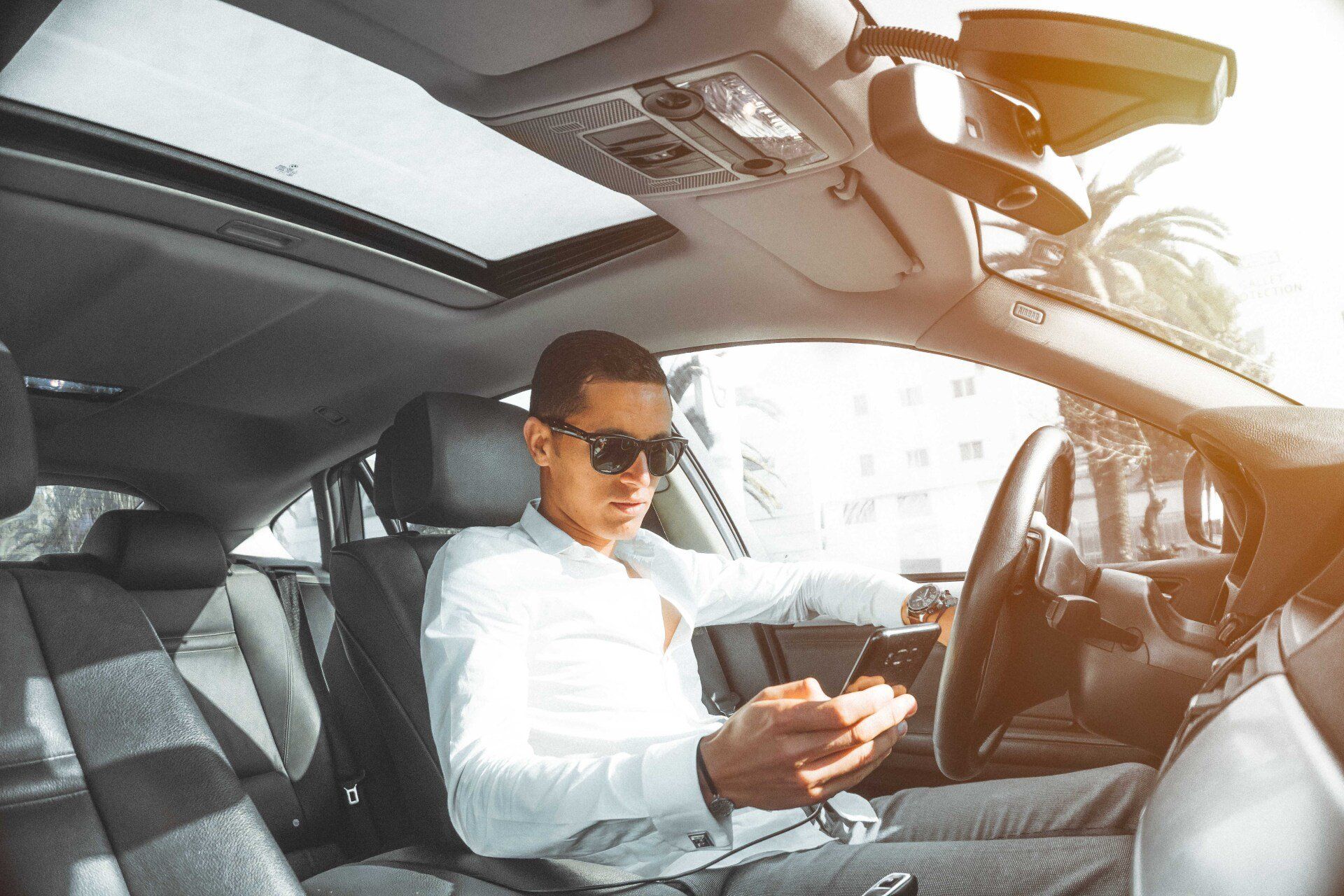"Honoring Dr. Martin Luther King, Jr.: Embracing his Legacy Through Reflection, Action, and Community Engagement"
marc beasley • May 1, 2024
Dr. Martin Luther King, Jr. was a Baptist minister and one of the most impactful Civil Rights activists in the 1960s. He was a leader who believed in nonviolent, peaceful protest to end racial segregation and provide people of all races with opportunities for a better life. Every third Monday in January, we as Americans honor one of the most important leaders of our modern time. This year, take some time to learn about Dr. King’s mission, and discover some ways to continue his legacy in your everyday life.
Why We Observe MLK Day Every January
Dr. King’s birthday was January 15, so we celebrate his legacy on the third Monday of his birth month. MLK was all about taking a stand for humanity, compassion, and justice. He discussed these and other values in many of his influential works, like his “I Have a Dream” speech, Nobel Peace Prize lecture, and “Letter from a Birmingham Jail” writings.
As a spokesman for the Montgomery Bus Boycott, he helped fight for the integration of Alabama’s city buses. He helped plan the March for Jobs and Freedom, or the “March on Washington,” which brought out about a quarter-million people to the National Mall in our nation’s capital. During this even, MLK delivered his well-known “I Have a Dream” speech.
Dr. Martin Luther King, Jr.
use this day to pause and reflect on who you are, what you stand for, and what legacy you want to leave behind for your community. There are many ways—small and large—that you can honor Dr. King’s work this January. Take a look at our list and find ways to continue his legacy in your life.
Look for where you can give, not receive
Dr. Martin Luther King, Jr. believed in fighting for the wellbeing of all mankind. He encouraged performing good deeds for his community—regardless of any possible reward. This MLK Day, look for places where you can give back.
You can start by donating food or clothing to your local homeless shelter. Or, you can volunteer some of your time at a local non profit organization. Dr. King’s legacy shows us that when we work together and support each other, we can make a better world for future generations. Donating your time is a great way to show your support.
Learn your nation’s history
It’s always important to know where you came from, so you can better appreciate the progress. Start by learning more about your nation’s history. You can read books about Dr. King from your school or local library—or even do a quick internet search!
Visit a museum to explore the work of Civil Rights Leaders. Watch a documentary to learn about the past and what our ancestors endured to bring about the world we live in today. Or, if you have older family members who lived during Dr. King’s time, interview them to hear their experience! Learning about the past can be a great way to put things into perspective about how far we have come as a nation.
Remember Dr. King’s message of kindness and respect for others
Because we honor civil rights leader, Dr. King on January 21 this year, it’s important to remember the man who sparked such impactful events. Learn more about his message and his mission by reading, watching, or listening to some of his revered works.
Rewatch the famous “I Have a Dream” speech, or spend some time reading and reflecting on other pieces of Dr. King’s published work. That way, you can remind yourself of the original message. It can be a good way to instill some of MLK’s good values in your everyday life.
Have a dialogue with your family and friends
After you remind yourself of the history of Dr. King’s work and his message, then it’s time to continue the conversation. Discuss your thoughts in MLK’s words and actions with your closer friends and family. Ask them what they think about MLK’s legacy. Ask them about some of their favorite leaders who made an impact on their lives.
Think about the following questions and continue the dialogue on how we can better our world:
How would someone like Dr. King impact our current generation?
What are some issues our society is still having today?
What can we do right now to help create a better world for our future generations?
Get active
Dr. King was all about speaking up for what is right and peacefully protesting injustices in his world. To honor Martin Luther King, we can all learn how to get involved in our society and stand for what we believe in.
Become a part of the movement for a better tomorrow. Join your local Civil Rights or social justice organization and make your mark on your community. Giving your time to organizations like these are a great way to get active and help find a solution to many of our community’s issues for obtaining peace, justice, and equality.
Be your own version of MLK
We can all take some inspiration from Dr. King and become leaders in our own communities. Ask questions and explore different possibilities about how better our society can become. When something does not seem right or moral, do your job by challenging it. Ask others, “Is there a better way of doing things?”
“Injustice anywhere is a threat to justice everywhere.”
Martin Luther King Jr., Letters from Birmingham Jail
Do your part to fight for what is right and fair. Defend those being mistreated, and pass on MLK’s teachings of kindness and respect. Be an example to your peers, and see how many will follow suit.
Observing MLK Day with your kids
Looking for ways to observe MLK Day with your kids? Your children can learn from Dr. King’s legacy, too! Together, you can write letters to your state representatives to remind them of how important it is to keep MLK’s message alive even today.
You can also participate in various service events hosted by organizations like your local NAACP. You can meet new people in your community and discuss how MLK and other civil rights leaders have impacted our society by serving their communities in the past.
For younger children, there are also many options for books and movies that you can enjoy with your family to spark the conversation about MLK’s legacy, like Martin’s Big Words: The Life of Dr. Martin Luther King, Jr. and Our Friend, Martin.
Keep the Legacy Alive
This Martin Luther King, Jr. Day, do
To truly honor Dr. Martin Luther King, Jr., we must actively engage in promoting equality, justice, and peace. This can involve participating in peaceful protests, advocating for policy changes, and working towards social and economic equality for all
going to a commemorative march or performance in your area. There are many movies and books that detail King’s life if you’re interested in learning more. Finally, you can continue his work by supporting Black-owned businesses and causes that fight for racial equity
Visit a museum to explore the work of Civil Rights Leaders. Watch a documentary to learn about the past and what our ancestors endured to bring about the world we live in today. Or, if you have older family members who lived during Dr. King’s time, interview them to hear their experience!
You might also like

1. Read the DMV Handbook Online https://www.dmv.ca.gov/portal/driver-handbooks/ 2. Watch YouTube Videos & Take Practice Tests Search: CIS Driving School Gardena 3. Receive Your Completion Certificate 4. Make Your Payment 5. Start Behind-the-Wheel Driver’s Training 6. Schedule & Take Your DMV Drive Test

Getting your driver’s license can be an exciting process, but also one that requires a lot of preparation and responsibility. The process varies slightly depending on where you live, but generally, these are the steps: Understand your State’s Requirements: Every state has its own set of rules and regulations for getting a driver’s license, especially for new drivers under the age of 18. The specifics can usually be found on your local DMV website. Take a Driver’s Education Course: Most states require teens to take a driver’s education course. These classes provide necessary knowledge about traffic rules, driver’s safety, and operating a vehicle. It often includes both classroom (or online) learning and driving practice. You can consider enrolling in a reputable driving school like CIS Driving School to get professional instruction. Apply for a Learner’s Permit: Usually, at the age of 15 or 16, teens can apply for a learner’s permit. This typically involves passing a written test based on your state’s driving manual. With a learner’s permit, you can practice driving, but usually under certain restrictions (such as having an adult present in the vehicle). Practice Driving: With your learner’s permit, spend plenty of time practicing driving. The more practice you get, the better driver you will be. Some states require a certain amount of practice hours before you can apply for a driver’s license. Take the Driving Test: After you’ve practiced driving and you’re confident in your skills, you can schedule your driving test at the DMV. The driving test usually includes a vision test, a written test (if not previously taken for your permit), and a practical driving test where you will drive with an instructor and be scored based on your abilities. Apply for Your License: Once you’ve passed the driving test, you can apply for your license. This usually requires paying a fee, and may include other requirements such as providing proof of insurance. Remember, getting your driver’s license comes with a great deal of responsibility. Always obey the rules of the road and be a safe, cautious driver.

